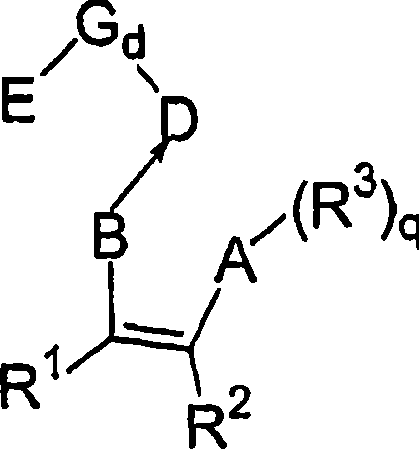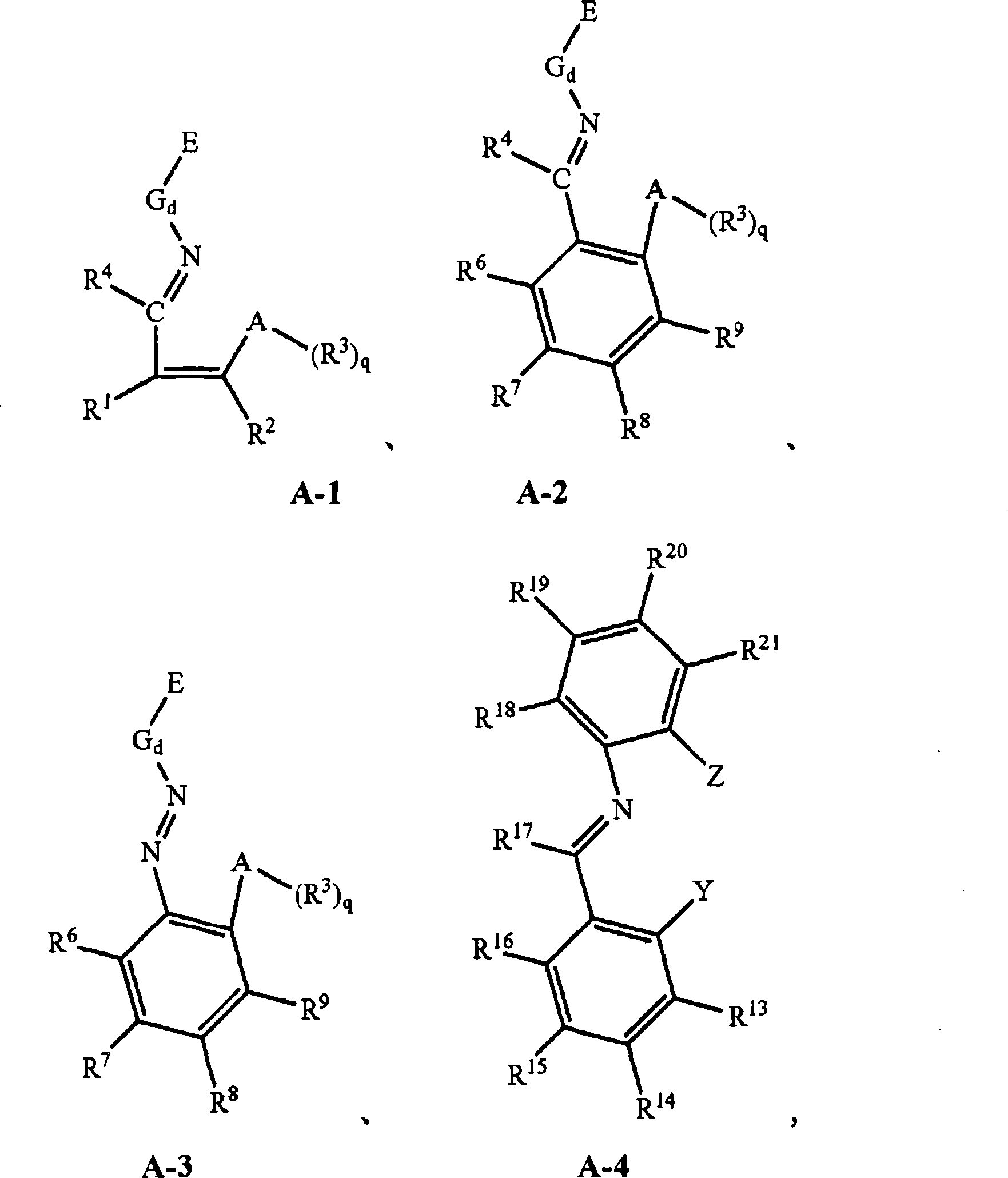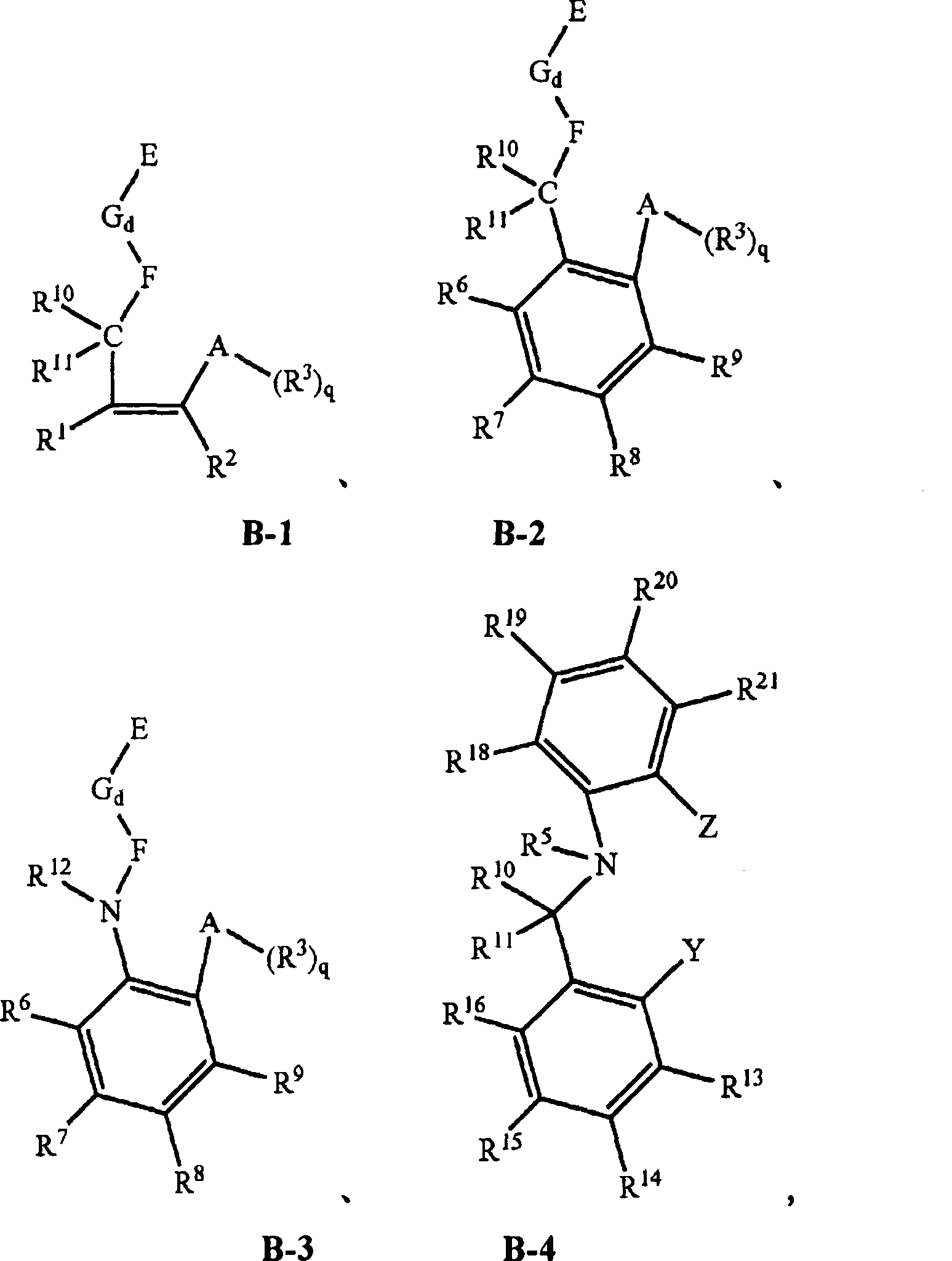Load type non-metallocene catalyst and preparation thereof
A non-metallocene and non-metallocene ligand technology, which is applied to the combined supported non-metallocene catalyst. Specifically, it can solve problems such as unstable performance, difficult adjustment, and poor polymer morphology.
- Summary
- Abstract
- Description
- Claims
- Application Information
AI Technical Summary
Problems solved by technology
Method used
Image
Examples
preparation example Construction
[0114] First, the present invention relates to a preparation method of a supported non-metallocene catalyst, comprising the following steps: dissolving a magnesium compound in a mixed solvent composed of tetrahydrofuran and alcohol to obtain a magnesium compound solution; making a porous carrier and the magnesium compound The steps of mixing the solutions to obtain a mixed slurry; drying the mixed slurry to obtain a composite carrier; treating the composite carrier with one selected from a chemical treatment agent and a non-metallocene ligand to obtain a modified composite carrier , wherein the chemical treatment agent is selected from group IVB metal compounds; and the modified composite carrier is contacted with another party selected from the chemical treatment agent and the non-metallocene ligand, thereby obtaining the loaded Contact steps for non-metallocene catalysts.
[0115] The steps to obtain the magnesium compound solution are first described below.
[0116] Accord...
Embodiment 1
[0300] The porous carrier adopts silica gel (ES757 of Ineos Company). The silica gel was continuously roasted at 600°C for 4 hours under a nitrogen atmosphere to thermally activate it. Anhydrous magnesium chloride was used as the magnesium compound, ethanol was used as the alcohol, and titanium tetrachloride was used as the chemical treatment agent.
[0301] Weigh 5g of anhydrous magnesium chloride, add tetrahydrofuran and absolute ethanol, heat to 60°C until completely dissolved, add 10g of heat-activated silica gel while hot, stir evenly, after standing for 12 hours, evenly heat to 90°C and vacuum dry. Obtain 19.6g composite carrier.
[0302] Weigh 5g of the composite carrier, add 50ml of hexane, stir and add titanium tetrachloride dropwise over 30 minutes, stir and react at 60°C for 4 hours, filter, wash with hexane for 3 times, each hexane consumption is 25ml, and then heat to Dry at 90°C for 4 hours to obtain a modified composite carrier.
[0303] the structural formula...
Embodiment 1-1
[0307] Basically the same as Example 1, but with the following changes:
[0308] The porous carrier adopts aluminum oxide. Aluminum oxide was continuously calcined at 700°C for 6 hours under a nitrogen atmosphere.
[0309] The magnesium compound is changed to magnesium bromide (MgBr 2 ), the alcohol uses butanol, and the chemical treatment agent uses titanium tetrabromide (TiBr 4 ).
[0310] The non-metallocene ligand is changed to The solvent for dissolving non-metallocene ligands was changed to decane.
[0311] The proportioning ratio is as follows: the molar ratio of magnesium bromide to tetrahydrofuran is 1:5; the molar ratio of magnesium bromide to butanol is 1:3.5; the mass ratio of magnesium bromide to porous carrier is 1:1.4; The ratio of the carrier is 7.64 mmol: 1 g. The mass concentration of the non-metallocene ligand is 0.11 g / ml, and the mass ratio of the non-metallocene ligand to the composite carrier is 0.22:1.
PUM
 Login to View More
Login to View More Abstract
Description
Claims
Application Information
 Login to View More
Login to View More - R&D
- Intellectual Property
- Life Sciences
- Materials
- Tech Scout
- Unparalleled Data Quality
- Higher Quality Content
- 60% Fewer Hallucinations
Browse by: Latest US Patents, China's latest patents, Technical Efficacy Thesaurus, Application Domain, Technology Topic, Popular Technical Reports.
© 2025 PatSnap. All rights reserved.Legal|Privacy policy|Modern Slavery Act Transparency Statement|Sitemap|About US| Contact US: help@patsnap.com



